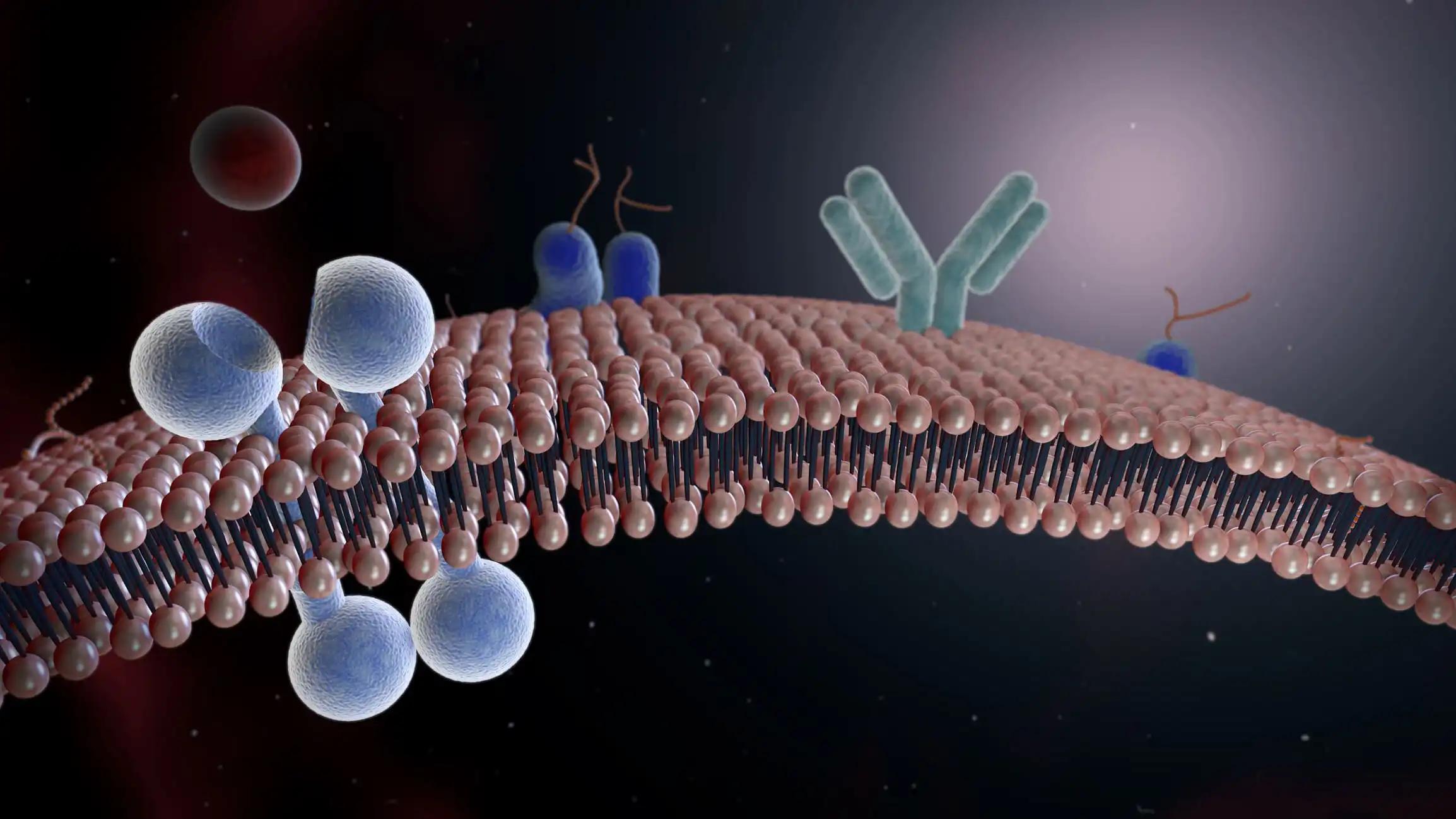KEY TAKEAWAYS
- The phase 2 trial aimed to investigate belomethason inhalation’s impact on reducing RIP in patients with NSCLC.
- The primary endpoint is RIP.
- Researchers noticed inhaled corticosteroids cut RIP in NSCLC, warranting phase III validation.
Thoracic radiotherapy (RT) is crucial in the comprehensive treatment of non-small cell lung cancer (NSCLC). However, radiation-induced lung injury (RILI) is a significant long-term complication, with limited treatment options. Approximately 30% of patients receiving thoracic RT for lung or breast cancer may develop radiation-induced pneumonitis (RIP). Despite its prevalence, the mechanisms behind RIP are not well understood.
Jie Zhang and the team aimed to investigate the potential of belomethason propionate inhalation to mitigate RIP in patients with NSCLC.
They performed an inclusive analysis involving all eligible patients with NSCLC from Shanghai Pulmonary Hospital between 2019 and 2021. Patients were randomly assigned in a 1:1 ratio to either the corticosteroid group or the control group. All participants received curative radiotherapy for lung lesions. Patients in the corticosteroid group inhaled beclomethasone propionate once daily during radiotherapy, while those in the control group received only radiotherapy.
Other background treatments were administered at the treating physicians’ discretion according to local guidelines. The primary endpoint was the incidence of RIP, with secondary endpoints including overall response rate (ORR), disease control rate (DCR), progression-free survival (PFS), overall survival (OS), and toxicity.
About 292 patients were enrolled in the study, with 142 assigned to the corticosteroid prevention group and 150 to the control group. Baseline characteristics were well balanced between the two groups. The results demonstrated that the incidence of all-grade radiation pneumonitis was 35.3% in the prevention group compared to 52.8% in the control group (P=0.03).
The incidence of grade ≥3 radiation pneumonitis was 12% in the prevention group versus 28.2% in the control group, representing a statistically significant reduction (P=0.01). The ORR was 40.9% in the prevention group and 35.9% in the control group, with no significant difference (P=0.65).
After a 2-year follow-up, no difference in OS was observed between the groups (P=0.425). However, the incidence of hyperglycemia was higher in the prevention group compared to the control group (P=0.025).
The study concluded that the addition of inhaled corticosteroids to radiotherapy significantly reduced the incidence of RIP in patients with NSCLC. These results warrant further confirmation through phase III clinical studies.
The trial was sponsored by Tongji University.
Source: https://cslide.ctimeetingtech.com/esmo2024/attendee/confcal/show/session/162
Clinical Trial: https://clinicaltrials.gov/study/NCT03886441
ZHANG J, Wu Q, Wu H, et al. (2024). “The addition of belomethason propionate inhalation to radical radiotherapy for patients with locally advanced non-small cell lung cancer: A randomized controlled, open-label phase II study.” Presented at ESMO 2024 (Abstract 1242MO).



